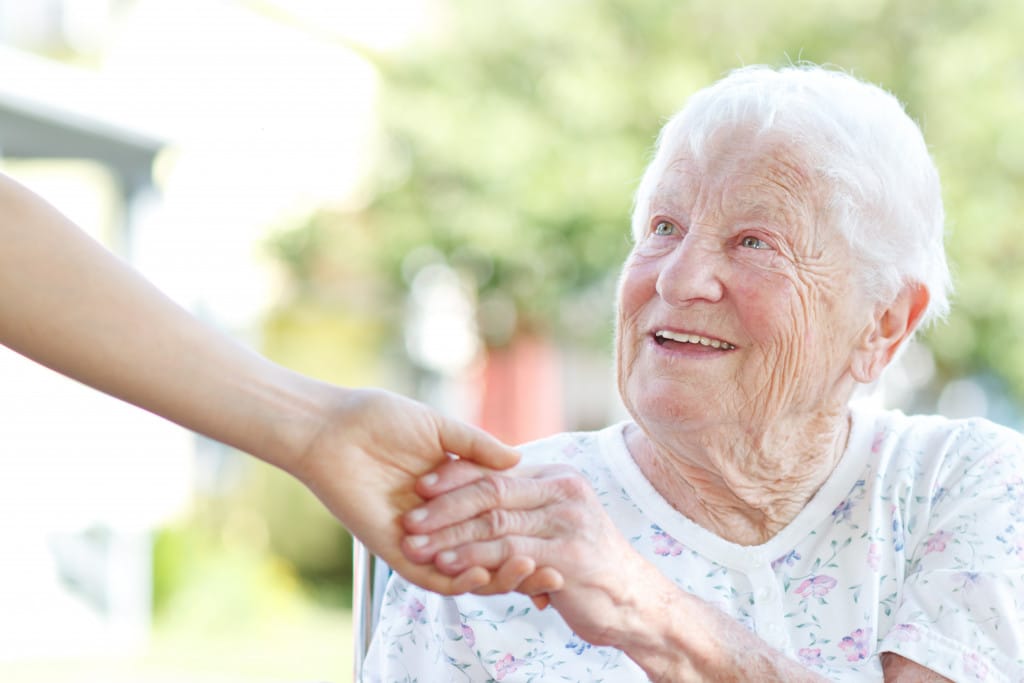The pandemic changed so many aspects of daily life. As the virus spread across the world, so many things disappeared, such as work and school, going out to socialize, and in-store shopping. Everyone stayed at home for most of the year.
Naturally, it has affected lifestyle trends, including how the population approaches beauty. The pandemic has already created a shift in the fashion industry, with consumers choosing comfort over style. While trendy clothing items declined in sales, loungewear saw a boost in interest. Even brands that did not normally sell loungewear released their own line of cozy clothing pieces to appease what the market demands.
Beauty trends, too, have transformed during the pandemic, and some of it will be carried over into a world without COVID-19.
A Healthier Relationship with Hair
Before the pandemic, more women were already embracing their body hair. Famous names such as Madonna and Rihanna have shared unshaven pics of themselves on social media, receiving praises from fans. But, the pandemic caused more people to ignore previous beauty norms and learn to live with their body hair.
Hair, of course, is normal among women. They serve important functions such as reducing the risk of infections and skin chafing and regulating body temperature. However, at some point, women have received immense pressure to be hairless. Removing hair in various parts of the body became what is expected. Hair on the legs and thighs, underarms, upper lip, and even the groin were deemed unfeminine and undesirable.
In the past year, things changed. Hair became the least of everyone’s problems. No one was going out anyway, so what was the point of hair removal?
In addition, places that offer hair removal were closed for the past year to prevent transmission. These factors led women to just let their body hair grow. They learned to live with body hair and will continue to do so after the pandemic.
Of course, women who do want to remove their body hair can continue to do so. Waxing salons have reopened and are accepting customers. However, there is a shift; those who want to be hairless are choosing to and not pressured to remove their body hair.
The Rise of Home Beauty Tools
The past year has been extremely stressful, and people looked for products to pamper themselves while they waited at home for the pandemic to end. One of the tools that have received more attention in the past year is the gua sha. Rooted in ancient Chinese medicine, the smooth-edged stone is scraped on the skin with short and long strokes to boost blood flow. In beauty, it is used to massage oils and serums into the skin to help it sink in better, reduce inflammation, promote healing, and relax the mind and body.
Steamers were also a hit. A device that was already popular among East Asians, steamers add moisture into indoor air and hydrates the skin throughout the day.
Anti-Blue Light Skincare
People spent more time indoors and, therefore, increased their exposure to screens. Without socialization, people had to look for other sources of entertainment and, at home, they have plenty to choose from, but most of them involve a digital screen.
Screens, as everyone knows now, emit a blue light that is not good for overall well-being. It is especially not good on the skin. Experts have explained that blue light penetrates deeper into the skin, and its impact is as bad as sun exposure. People who are regularly exposed to blue light — which is, everyone — are more likely to see fine lines and wrinkles. It can even worsen melasma, a condition in which freckle-like spots appear on the skin.
But, not to worry, different brands have released their own lines of products that protect against blue light.
On the Path Toward Clear Skin
People were spending more time indoors. There were no longer events, and socialization went digital. When out on the streets, face coverings were necessary. Many, as a result, stopped wearing makeup. They instead focused on repairing and improving their skin.
To some, it is necessary. Wearing face coverings caused outbreaks of acne, a situation that has been dubbed as “maskne.” It occurs because face coverings trap moisture and bacteria close to the skin, causing irritation. Products were released last year that specifically target maskne by infusing antimicrobial elements.
Current events influence trends. It is interesting to see what will become popular after the pandemic as concepts and aspects keep changing to fit the adjustments in people’s lives.





